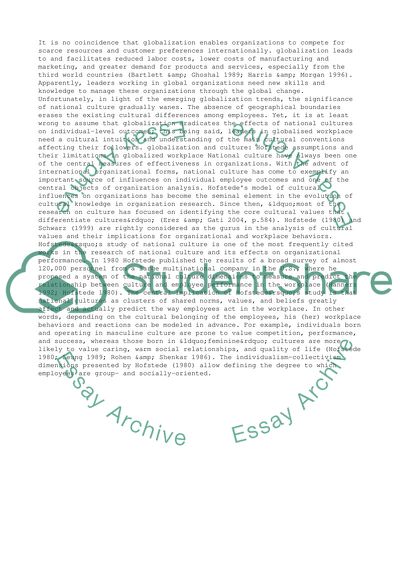Cite this document
(Leader in Globalized Workplace: The Role of National Culture Term Paper, n.d.)
Leader in Globalized Workplace: The Role of National Culture Term Paper. Retrieved from https://studentshare.org/management/1440857-being-a-leader-in-globalised-workplace-has-new
Leader in Globalized Workplace: The Role of National Culture Term Paper. Retrieved from https://studentshare.org/management/1440857-being-a-leader-in-globalised-workplace-has-new
(Leader in Globalized Workplace: The Role of National Culture Term Paper)
Leader in Globalized Workplace: The Role of National Culture Term Paper. https://studentshare.org/management/1440857-being-a-leader-in-globalised-workplace-has-new.
Leader in Globalized Workplace: The Role of National Culture Term Paper. https://studentshare.org/management/1440857-being-a-leader-in-globalised-workplace-has-new.
“Leader in Globalized Workplace: The Role of National Culture Term Paper”, n.d. https://studentshare.org/management/1440857-being-a-leader-in-globalised-workplace-has-new.


